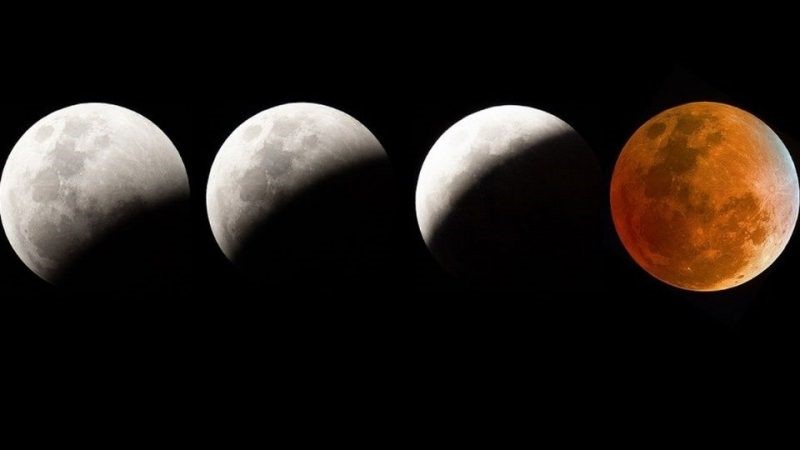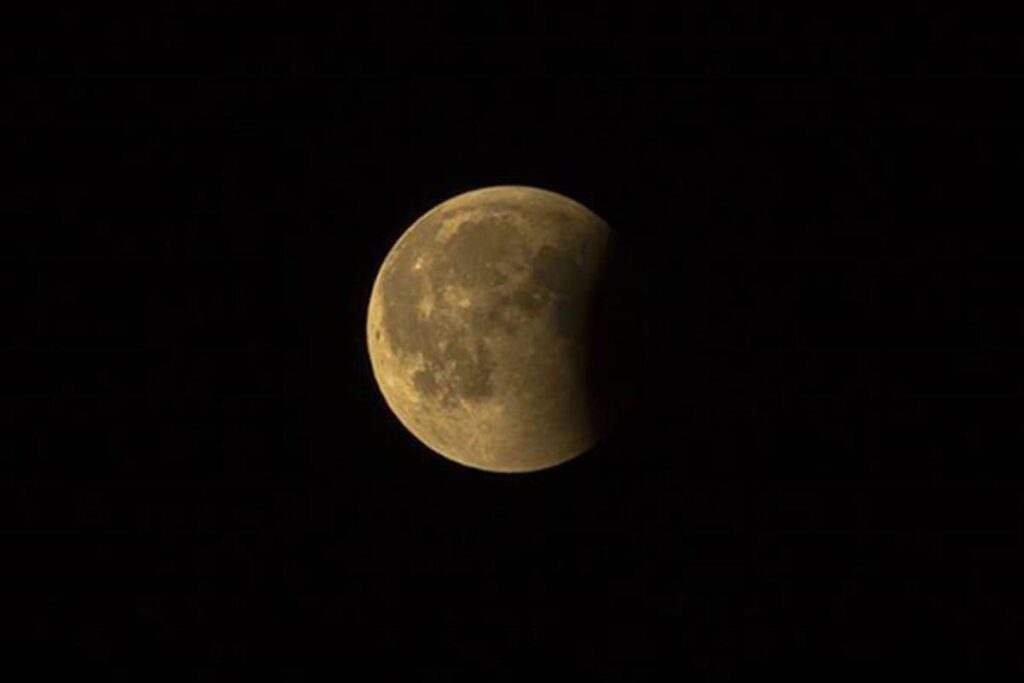How does the Lunar eclipse occur

The year 2021 is coming to an end but it still has some exciting things to experience. People, who take interest in the beauty and mystery of space have good news as the last Lunar eclipse of the year will occur on November 19, 2021. In India, it will be visible in Arunachal Pradesh and Assam. According to India Meteorological Department, the eclipse will be visible in regions of western Africa, western Europe, North America, South America, Asia, Australia, the Atlantic Ocean, and the Pacific Ocean. It will be the final lunar eclipse of the year. According to US space agency NASA, a lunar eclipse can occur maximum a of three times a year and this one is the longest one for the century.
This eclipse will begin at 11:34 am IST on Friday, November 19, and will end at 05:33 pm. The total timing for the eclipse will be 5 hours 59 minutes. The next lunar eclipse will occur on November 8, 2022. An eclipse is an event when one celestial body moves into the shadow of another celestial body.

How does the Lunar eclipse occur?
The moon revolves around the Earth, rotates on its axis, and reflects sunlight from the Sun. The reflection of sunlight leads to the lunar phases which are visible as the waxing and waning of the moon from the Earth. On Full moon day, the Sun illuminates the near side of the Moon which is visible from the Earth, on the other hand, on the New Moon day, the Sun illuminates the far side of the Moon which is not visible from the Earth. A lunar eclipse occurs when the Earth comes in between the Sun and the Moon so the sunlight doesn’t reach the Moon.
There are three types of lunar eclipse:
Total lunar eclipse: In Total lunar eclipse, the Sun, Moon, and the Earth come in a straight line, the Sun and the Moon come in opposite to the earth on either side.
Partial lunar eclipse: It occurs when the Sun, the Earth, and the Moon are not in a straight line.

Penumbral lunar eclipse: When the Moon comes under the penumbra region of Earth’s shadow, due to shadow the moon dims subtly. During the partial or penumbral lunar eclipse, the sunlight may illuminate half of the Earth and the Moon at the same time. This lunar eclipse is the partial lunar eclipse, which will be visible from the extreme north-eastern parts of Arunachal Pradesh and Assam.
On the same day, Karthik Purnima will take place which is an auspicious day for Hindus. People can watch the live telecasts of the eclipse on different media channels. The eclipse will be visible when the ending of the partial phase will happen. It will be visible for a very short time in India just after the moonrise.
People may not want to stay up late and wake up early in the morning but for those who are keen to watch and experience such events, it will be a wonderful opportunity.